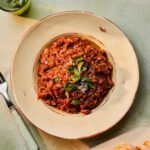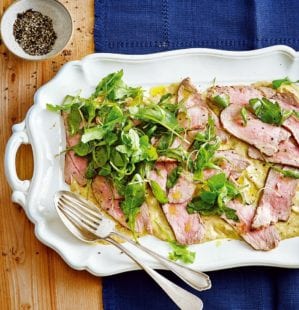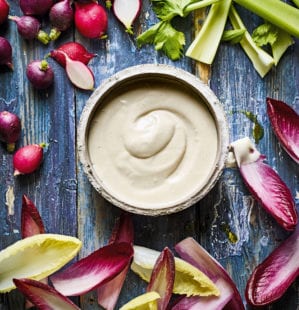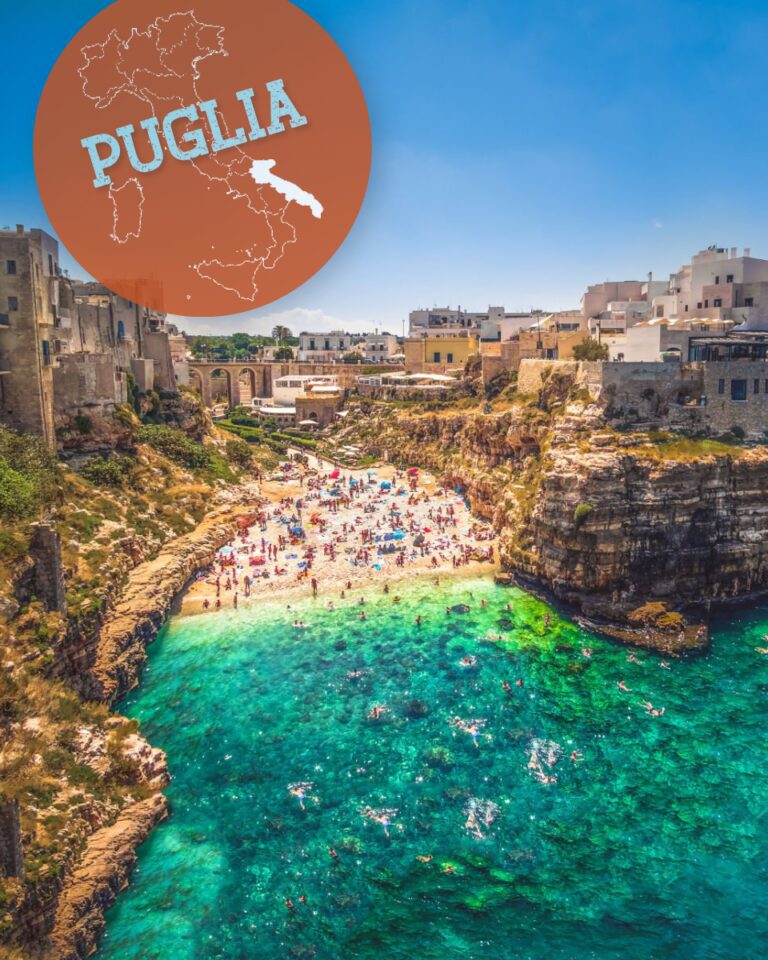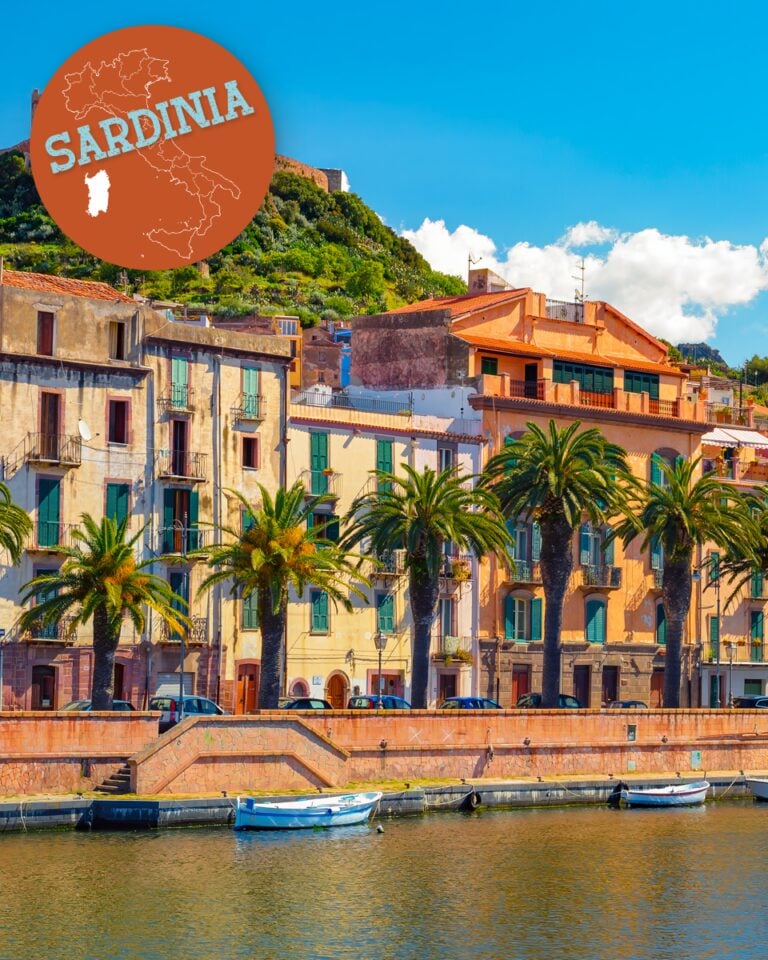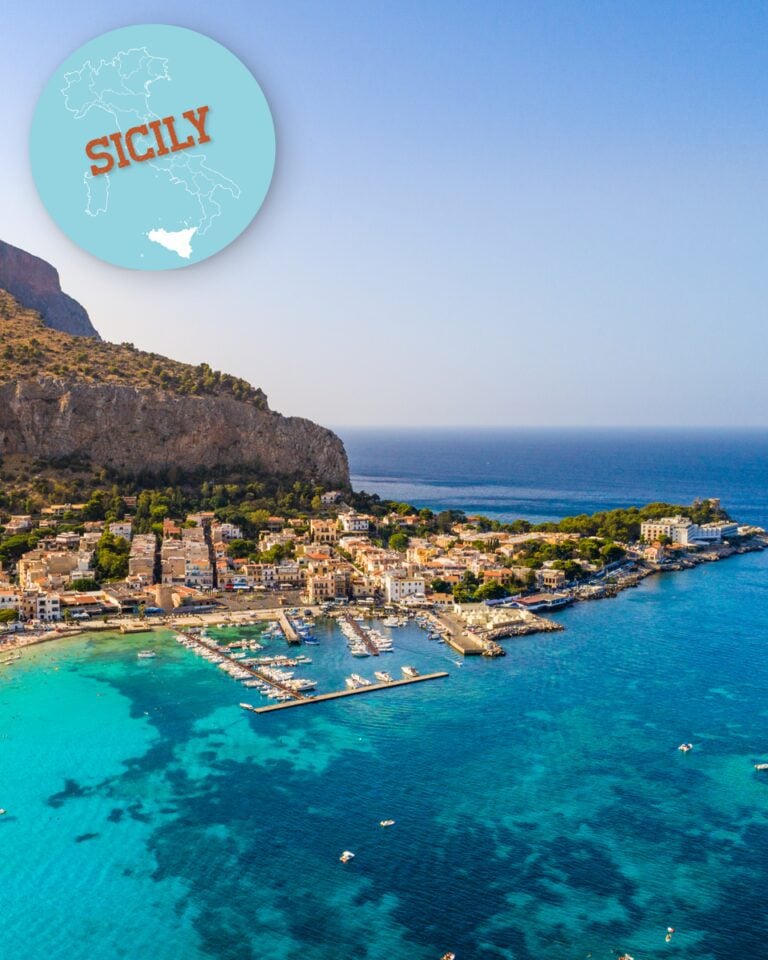Your essential food guide to Piedmont
Discover the food, drink and dishes Piedmont is best known for with our food lover’s guide to the region. We explore which cheeses and wines come from Piedmont (including the iconic barolo and barberesco reds), along with plenty of other foods typical of the area and Piedmontese cuisine.
A huge region (second only to the island of Sicily), Piedmont is home to rugged mountains, vast farmland and the city of Turin – all of which have contributed to one of the most gastronomic parts of Italy. Read on to discover the excellent ingredients and dishes that hail from the region…
Scroll on (or use the menu below) for a taste of everything that makes the food of Piedmont so special.
Take a food lover’s tour of all 20 Italian regions with delicious. No flights necessary!
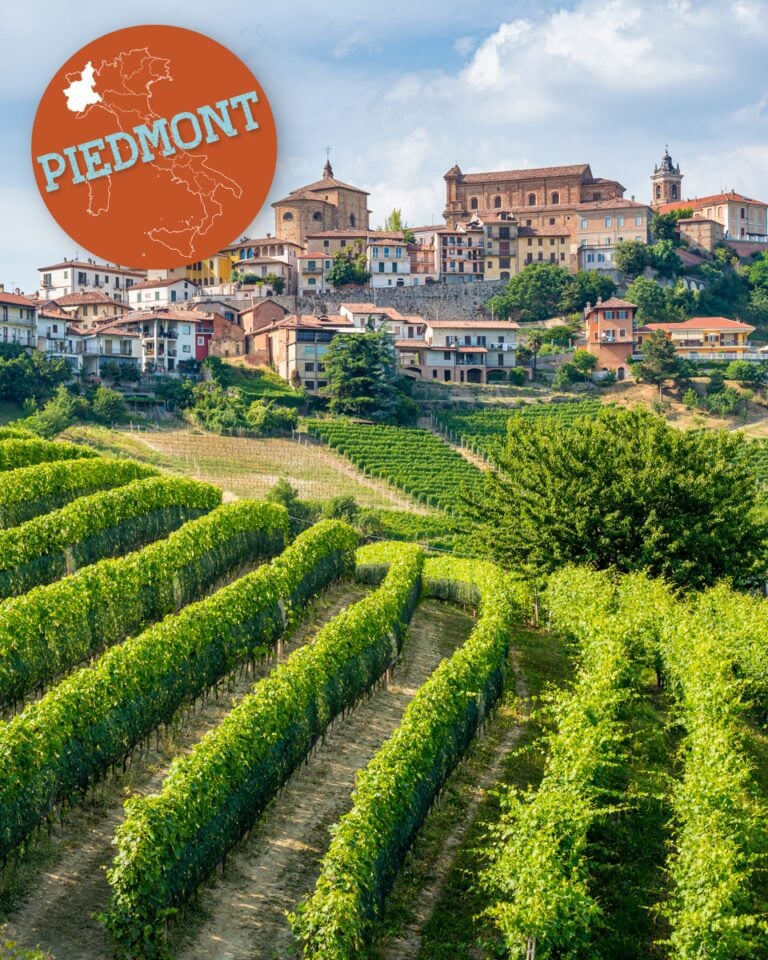
- The must-make recipe from Piedmont
- What are the traditional ingredients in Piedmont?
- What are the famous dishes from Piedmont?
- The best cheeses to try from Piedmont
- The best wines to try from Piedmont
- The delicious. team’s top food experiences in Piedmont
Get to know the food of Piedmont
Piedmont (a name which literally translates to foot of the mountain) is a semi-alpine region, with plenty of mountains and ski resorts – but its size means it has a very varied landscape. The hills and plains towards the south of the region are filled with cattle fields, hazelnut orchards and vineyards, while Turin plays host to some of the finest Baroque architecture in the world. Its history as the capital of the Kingdom of Italy up until 1865 proves what an important part of the country Piedmont is – both in terms of cuisine and wider Italian culture.
Being based in the north of the country (traditionally where the wealthy lived) means truffles, prime cuts of meat and rich egg-based pasta dishes feature prominently in the local cuisine, as do chocolate and coffee (Turin is responsible for giving the world both espresso and gianduja, the combo of cocoa and hazelnuts that gave birth to Nutella).
Famous Piedmontese dishes feature rice and pasta in equal measure, which is quite unusual, and the local breed of cattle produces world-class beef. But many people visit the region for the wine just as much as the food; after all, this is where the renowned reds barolo and barbera come from.
Our hero recipe from Piedmont
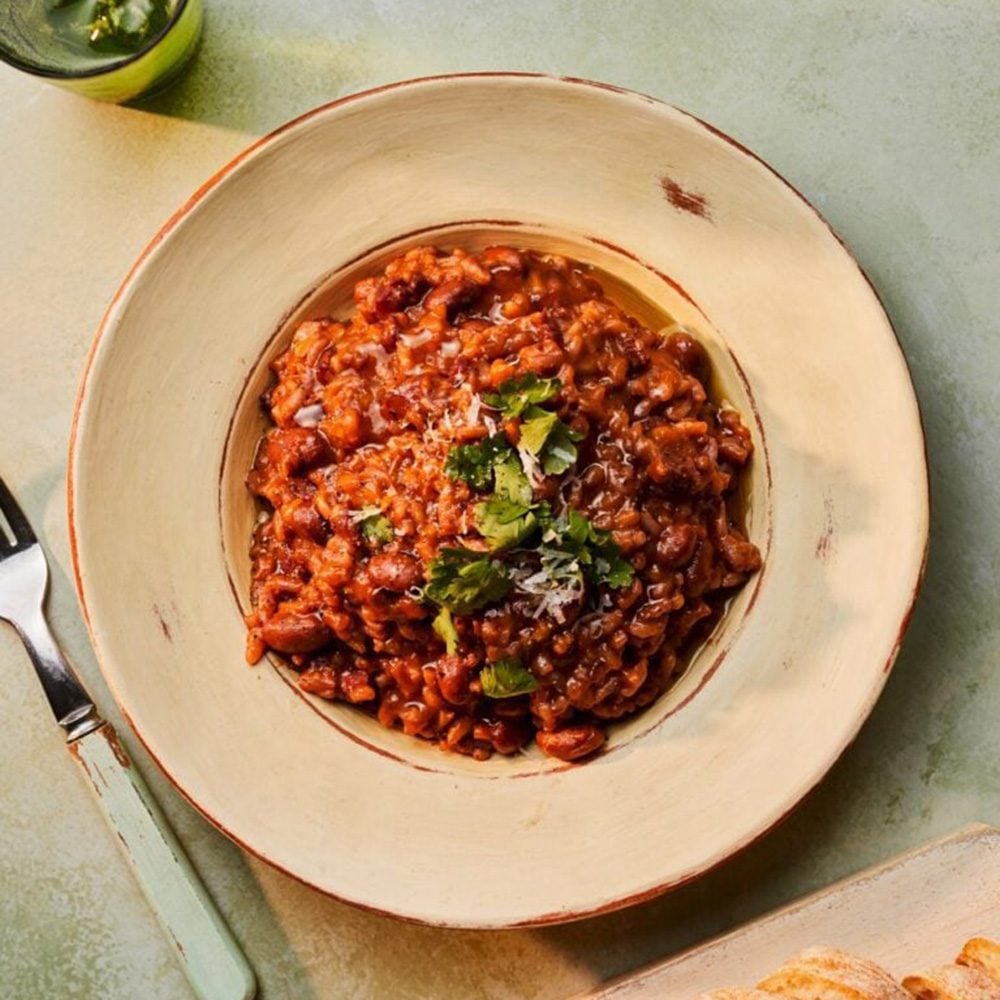
Panissa (Piedmontese rice and beans)
This rich, robust dish makes the most of the region’s famous rice and wine, with plenty of salami and beans strewn throughout. Cooked like a risotto but with a firmer, thicker texture, it’s a beautiful dish, which deserves to be more well-known outside Piedmont.
Cook panissa (Piedmontese rice and beans)
What are the traditional ingredients in Piedmont?
- Hazelnuts Piedmont’s hazelnuts are – almost unarguably – the best in the world. Creamy, crunchy, smaller than other varieties and offering up a sweeter flavour, the orchards that grow this particular variety of hazelnut can’t be found anywhere else. They’re most famously used to create the local gianduja (chocolate and hazelnut paste) and to flavour gelato.
- Pasta Piedmont’s pastas are usually fresh and enriched with egg, paired with equally rich sauces. There’s a particularly large number of filled pastas too. Some of the region’s most well-known pasta shapes include agnolotti (a stuffed pasta) and tagliolini (a thinner version of tagliatelle known locally as tajarin).
- Beef Piedmontese beef from the region’s white cattle is often talked about in the same revered tones as Japan’s wagyu – even though they sit at opposite ends of the beefy spectrum. While wagyu is known for its high proportion of fat, Piedmontese beef is particularly lean and tender. It’s often served raw in thin slices or braised in local wine.
- Rice The fields around Vercelli produce half of Italy’s risotto rice, making Piedmont the biggest producer of rice in the country. Local risottos highlight the region’s other famous products such as barolo wine, mushrooms and hazelnuts.
- Coffee Turin gave the world espresso, when Angelo Moriondo invented the world’s first espresso machine in 1884. Lavazza, one of the world’s biggest coffee companies, was founded in the city just a year later. While coffee is obviously not grown or harvested in Piedmont, it’s an important part of the region’s gastronomy, and there are dozens of unique coffee-based drinks served locally. The most famous of these is bicerin, a hot layered combination of coffee, chocolate and whipped cream – try making it at home.
- Truffles Lots of Italian regions boast about their local truffles, but Alba truffles from the Langhe region in Piedmont have achieved legendary status. Larger than regular truffles and a beautiful creamy white colour, they are particularly rare and fetch an eye-watering price – but their flavour is more intense and aromatic than any other.
Did you know that Piedmont is the biggest producer of rice in Italy?
What are the famous dishes from Piedmont?
- Vitello tonnato A dish which, until you’ve tasted it, sounds quite odd – but those who have eaten it know how incredibly delicious it is. Thin slices of braised veal are layered on a plate and covered with a smooth mayonnaise-like tuna sauce, often garnished with capers and anchovies. It’s served cold as an antipasto or starter. The tonnato sauce has become more popular outside of Italy in recent years, often served with tomatoes (try our tomato tonnato recipe) or sliced pork.
- Agnolotti del plin Agnolotti del plin – Piedmont’s most famous pasta dish sees tiny little parcels stuffed with a veal and pork filling, which are generally served in a broth or plenty of sage-infused butter. ‘Plin’ means pinch, which is exactly how you make the agnolotti – once the individual parcels are sealed, you pinch them together to give them their shape. They’re a real labour of love to make, which is why they’re generally reserved for special occasions.
- Bagna cauda The region may not have a coastline, but that hasn’t stopped anchovies being a popular part of the local cuisine. This decadent dip of anchovy fillets, butter and/or olive oil and garlic is served in a traditional pot suspended over a flame, to keep it warm while various vegetables are dipped into it.
- Grissini Breadsticks were once a must-have snack while you perused the menu at any Italian restaurant in the UK, but their true form is grissini, which were invented in Piedmont in the seventeenth century. Roughly the size of a pencil, they’re baked until completely dry, becoming a sort of thin cylindrical cracker. They’re traditionally served with cured meats.
- Panissa Piedmont’s vast rice fields ensure risotto is always on the menu in Piedmont, but perhaps the most iconic rice dish from the region is panissa – a sturdy, hearty combination of rice, beans, soft salami and red wine (see above). (Confusingly, just over the border in Liguria, panissa is a type of chickpea fritter.)
- Bonet Piedmont’s typical dessert is a slab of set custard flavoured with chocolate and rum and sprinkled with crushed amaretti biscuits. It’s made in a similar way to crème caramel. Try this gorgeous recipe for bonet from Italian-inspired restaurant Manteca in London.
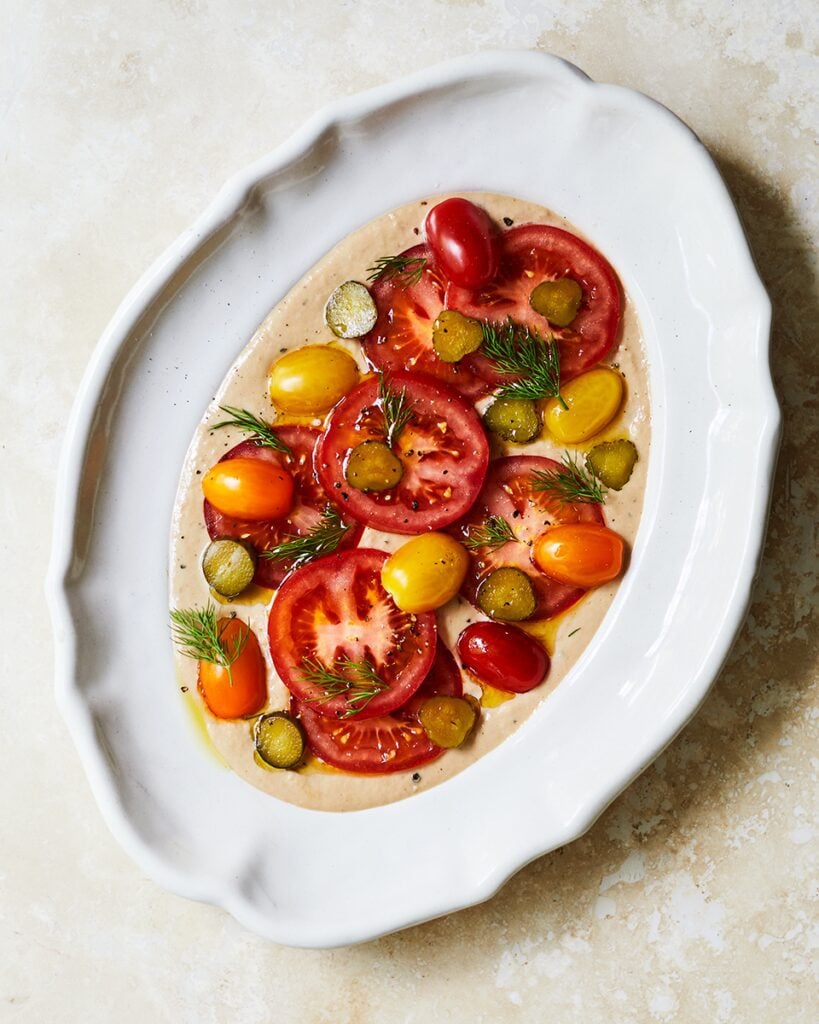
The best cheeses to try from Piedmont
Piedmont produces a large number of cheeses, the majority of which are from small artisanal producers – and therefore hard to track down. But the milky jewel in the region’s crown is castelmagno, a semi-firm, crumbly, milky white cheese made mostly from cow’s milk but with a little sheep or goat’s milk added too. More mature versions often have blue veins running through them, and it’s used in cooking as well as eaten on its own, perfectly matched with a glass of barolo.
The best wines to try from Piedmont
The nebbiolo grape rules supreme in its native Piedmont, producing the bold, tannin-heavy reds barolo and barberesco, considered among the world’s best wines. There’s also barbera, the region’s most prolific grape, which also forms the basis of some incredible reds. There are some decent white wines from Piedmont too, however – moscato d’asti is an increasingly popular sparkling wine, while gavi di gavi is a still white that is loved for its floral aroma and crisp taste.
Browse wine editor Susy Atkins’ pick of the nine best Italian wines to buy right now.
The delicious. team’s top food experiences in Piedmont
 Vic Grimshaw, Head of digital
Vic Grimshaw, Head of digital
“The first and last time I ate pike was in Piedmont. We went to Isola dei Pescatori on Lake Maggiore (known as “Fisherman’s island” and full of resident cats). Stunning, but I’ll say no to pike next time…”
Subscribe to our magazine
Food stories, skills and tested recipes, straight to your door... Enjoy 5 issues for just £5 with our special introductory offer.
Subscribe
Unleash your inner chef
Looking for inspiration? Receive the latest recipes with our newsletter
